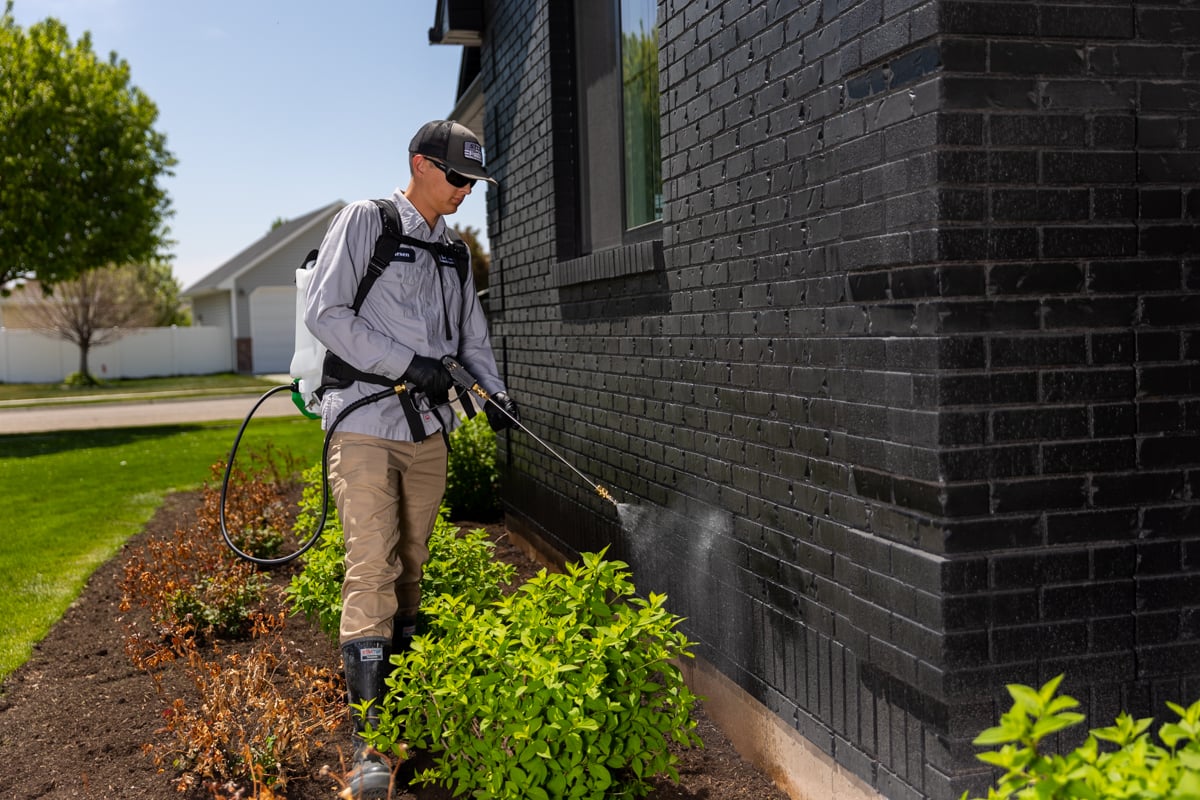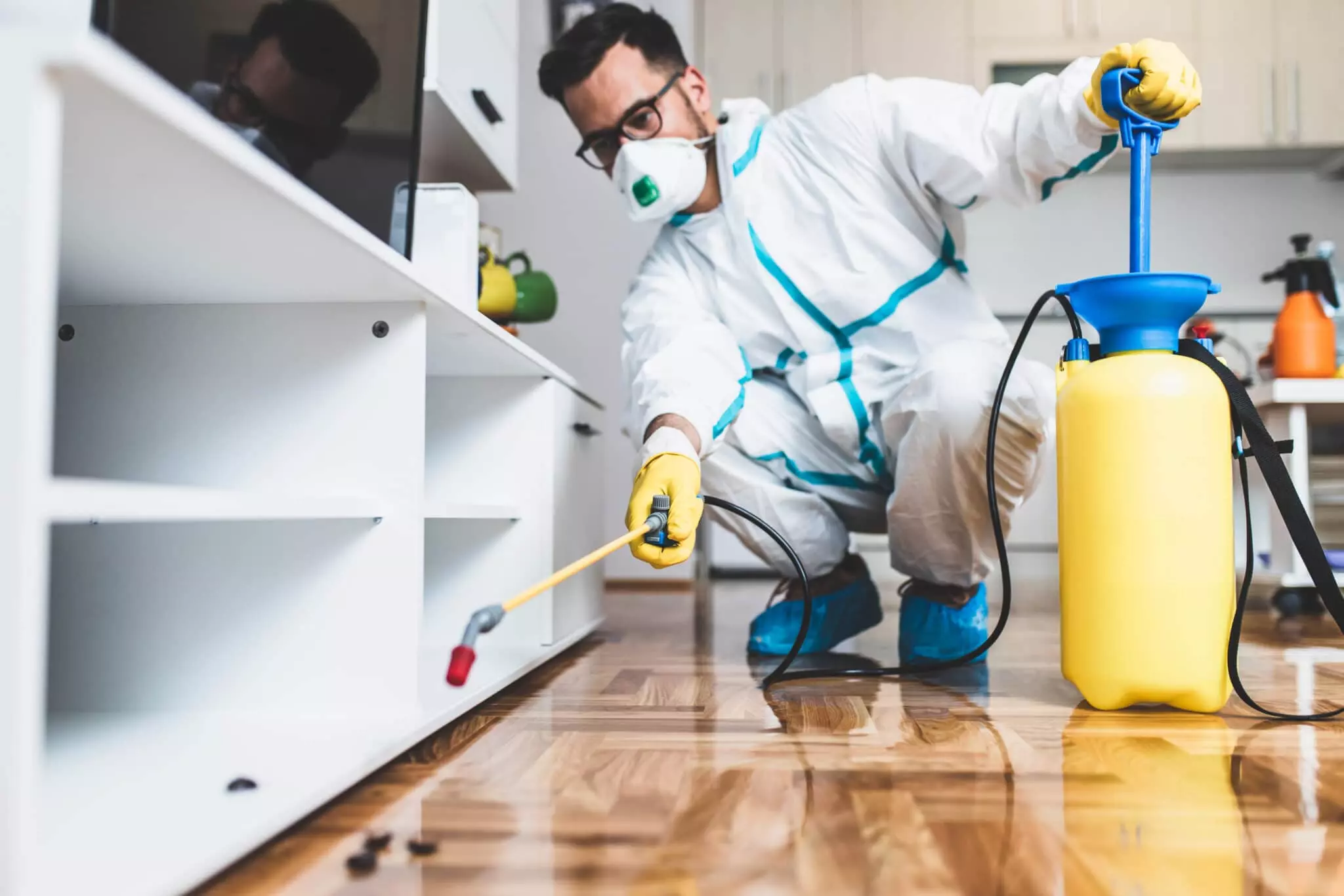Effective Coquitlam Pest Control Solutions for a Pest-Free Environment
Effective Coquitlam Pest Control Solutions for a Pest-Free Environment
Blog Article
Safe and Trustworthy Pest Control for Lasting Protection
Effective insect management calls for a multifaceted approach that stabilizes environmental integrity with the demand for efficient insect reductions. The nuances of these methods might not be promptly clear, triggering a better evaluation of the techniques that can lead to lasting pest control outcomes.
Understanding Parasite Control Approaches
Pest control includes a range of approaches targeted at handling and eradicating unwanted bugs and rats that can intimidate both health and home. Recognizing these approaches is critical for effective bug monitoring.
The key classifications of parasite control methods include mechanical, organic, and chemical techniques. Mechanical methods include physical obstacles and traps to avoid insect access and capture unwanted varieties. For example, making use of displays on windows or utilizing sticky traps can substantially minimize bug populaces without presenting damaging materials.

Chemical pest control is commonly the most recognized technique, making use of chemicals to remove pests. These chemicals can be effective but should be made use of with care to stay clear of adverse results on non-target types and the atmosphere.
Benefits of Eco-Friendly Solutions
Just how can eco-friendly remedies change insect control practices? The fostering of green insect control approaches supplies countless advantages, dramatically boosting the efficiency and safety of bug administration.

An additional benefit is the favorable influence on regional biodiversity. Eco-friendly services are designed to target details bugs while protecting useful bugs and wildlife, promoting a well balanced ecological community. This approach lines up with the growing customer demand for lasting techniques, improving the track record of parasite control service providers.
Integrated Insect Monitoring Techniques
The application of environmentally friendly options naturally brings about the fostering of Integrated Parasite Management (IPM) approaches, which further enhance bug control effectiveness. IPM is a holistic approach that combines several tactics to handle insect populaces while decreasing ecological impact. This strategy highlights the usage of biological, social, mechanical, and chemical controls, making sure a well balanced and lasting method of insect monitoring.
One essential element of IPM is the complete evaluation of parasite activity and ecological problems. By keeping track of parasite populaces and identifying their life process, experts can carry out targeted interventions that interfere with the insect's environment or lifecycle, minimizing reliance on chemical pesticides. Furthermore, social practices such as plant rotation and environment control can substantially decrease pest establishment and recreation.
Another vital component is making use of organic control agents, such as advantageous pests or bacteria, which can naturally suppress pest populaces. When chemical applications are required, IPM focuses on making use of low-risk pesticides and applies them precisely, minimizing exposure to non-target organisms and human beings.
Incorporating IPM techniques not just enhances pest control efficiency yet also promotes a safer environment, lining up with the expanding need for sustainable methods in insect monitoring.
Safe Practices for House Owners
Recognizing the significance of secure practices in pest control can equip home owners to properly take care of bug issues while securing their health and the atmosphere. Applying precautionary measures and non-toxic methods is critical in decreasing direct exposure to damaging chemicals.
Home owners need to initially analyze their setting for conditions that bring in bugs, such as standing clutter, water, and food waste. Frequently cleansing and securing entry factors can hinder pests from getting into the home. Making use of all-natural deterrents, such as necessary oils or diatomaceous planet, can supply reliable alternatives to chemical pesticides.
When chemical therapies are required, home owners need to select items that are specifically identified as secure for household usage. It click for info is important to adhere to application guidelines carefully to prevent overexposure. In addition, utilizing targeted treatments in areas where insects are recognized, as opposed to covering splashing, can substantially decrease chemical usage.
Finally, maintaining open interaction with bug control specialists is important. Homeowners must make inquiries regarding the safety of items made use of and request environment-friendly alternatives whenever possible. By taking on these risk-free practices, property owners can develop a healthier living setting while properly handling parasite issues.

Tips for Long-Term Security
Establishing a bug management approach that stresses long-term protection can considerably enhance the efficiency of the safe practices formerly reviewed. To achieve this, house owners ought to apply routine assessments of their building, concentrating on hidden areas such as attic rooms, cellars, and crawl spaces. Early discovery of pest task is important in avoiding invasions from taking hold.
These practices reduce attractants that attract bugs right into the home. Sealing entry factors, such as splits around doors and windows, can efficiently block prospective insect access.
Landscaping needs to additionally be click taken into consideration; maintaining plants cut and keeping a distance in between plant life and the home decreases concealing areas for insects. Utilizing all-natural deterrents, such as essential oils or diatomaceous earth, can better prevent invasions without resorting to harsh chemicals.
Last but not least, collaborating with a specialist pest control solution for periodic analyses can give an extra layer of security. These experts can use tailored referrals and advanced therapies, making sure that your home continues to be protected against bugs in the long term.
Conclusion
Finally, secure and reputable bug control calls for a multifaceted technique that highlights eco-friendly techniques and incorporated insect management. By applying natural deterrents, conducting regular assessments, and keeping appropriate cleanliness, homeowner can significantly decrease bug populaces while safeguarding useful insects and the setting. Partnership with expert insect control services improves the performance of these approaches, ensuring tailored services that provide long lasting security and comfort versus future invasions.
Efficient parasite administration requires a multifaceted method that balances ecological integrity with the need for reliable insect suppression. The adoption of green insect control techniques uses many benefits, significantly enhancing the effectiveness and safety and security of insect management.The implementation of green services naturally leads to the adoption of Integrated Pest Monitoring (IPM) approaches, which additionally improve pest control efficacy. exterminator coquitlam. By monitoring parasite active termite treatment populations and determining their life cycles, specialists can execute targeted interventions that interfere with the bug's habitat or lifecycle, reducing dependence on chemical pesticides.In final thought, reputable and secure insect control requires a complex strategy that emphasizes green techniques and integrated bug management
Report this page